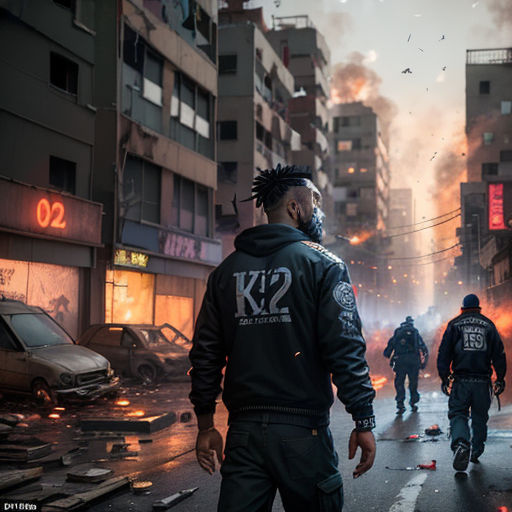
War of the New Jersey Gangs
By Storybird

28 Sep, 2023
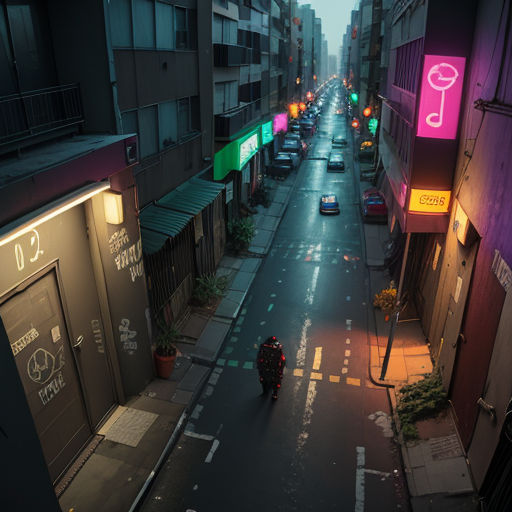
In the dimly lit backstreets of New Jersey's slums, an alliance of gangs known as the K2NJ ruled. This alliance, consisting of notorious gangs such as the Crips, Rippaz, and Chedda Dottaz, was a formidable force. Their influence was felt not just on the streets, but also in the music world, as they made rap music that echoed through the East Coast.

Their reign was not uncontested. Another alliance, the Walkin 4 New Jersey, vied for control. This alliance was a motley crew of gangs, ranging from the Bloods to the East Winnz. Like their rivals, they too expressed their rivalry through diss tracks that resonated with the youth of the East Coast.
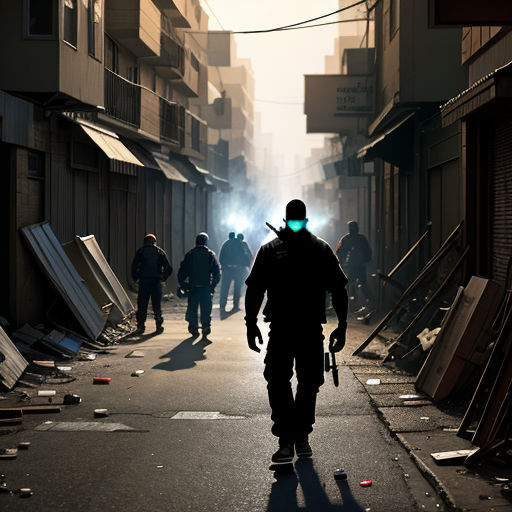
Tensions between the two alliances were often high, sparking violent confrontations that would shake the slums. One such confrontation led to a horrific shootout that claimed over a hundred lives. The violence was indiscriminate, taking the lives of gang members and innocent bystanders alike.
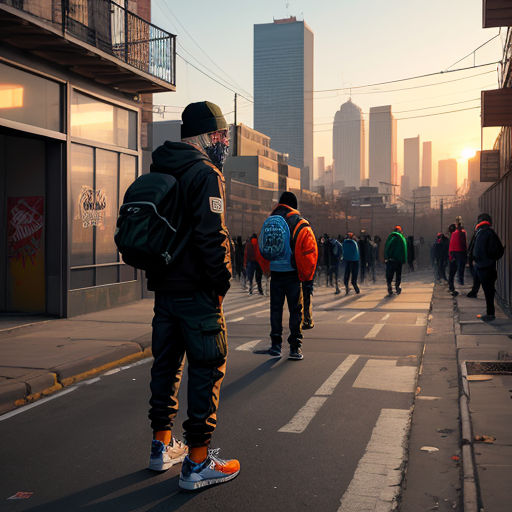
The allure of gang life was too strong for some youngsters. Seeing the power and influence these gangs wielded, many dropped out of school to join the ranks. This led to a surge in the dropout rate in New Jersey, with youth opting for a life of violence over education.
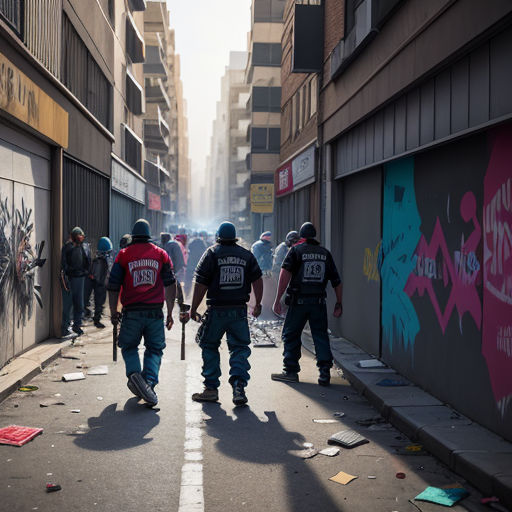
New gangs and alliances began to emerge, swelling the ranks of both the K2NJ and the Walkin 4 New Jersey. The streets became a battleground, with each alliance seeking to assert their dominance. This only served to escalate the violence, leading to another bloody gang war.
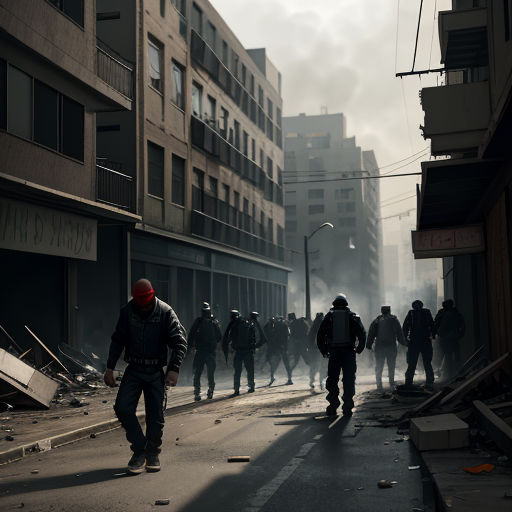
Once again, the streets of New Jersey were painted red as gang members fought tooth and nail. Many more lives were lost, with both seasoned gang members and young recruits falling victim to the relentless violence. The slums were caught in the crossfire, and the residents could only watch helplessly as their home turned into a war zone.
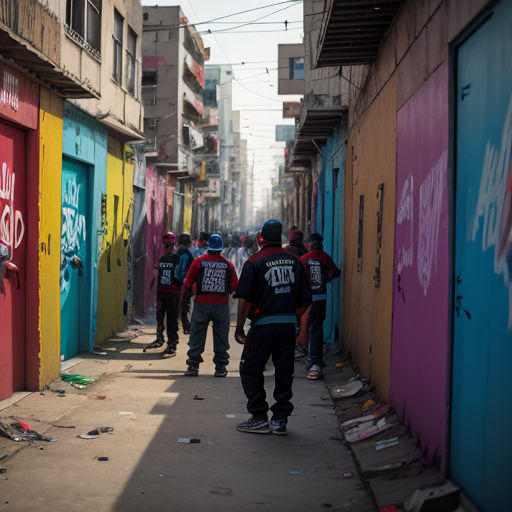
Despite the bloodshed, the disses didn't stop. Both alliances continued to put out rap music, using their lyrics to taunt their rivals and assert their dominance. These tracks were wildly popular, their beats echoing through the slums and beyond. The music was a constant reminder of the ongoing war and the tension that hung in the air.
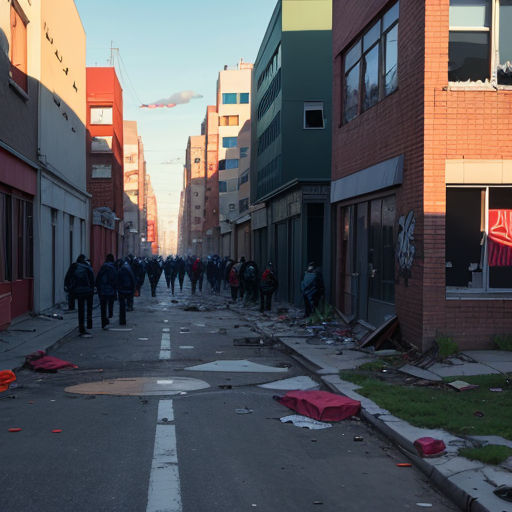
The gang wars eventually died down, with both alliances suffering heavy losses. But the scars of the war remained, both on the streets and in the hearts of those who had lost loved ones. The slums were forever changed, with the echoes of the war still reverberating through its narrow lanes.

Even as peace returned, the rivalry between the K2NJ and the Walkin 4 New Jersey remained. The disses continued, keeping the embers of the feud alive. The war may have ended, but the animosity between the two alliances was far from over.

The legacy of the war lived on in the music. The tracks that the alliances had produced during the war continued to be popular, serving as a grim reminder of the violence that had once gripped the slums. The beats of the past still echoed, a testament to the power of music and its ability to capture the spirit of a time.
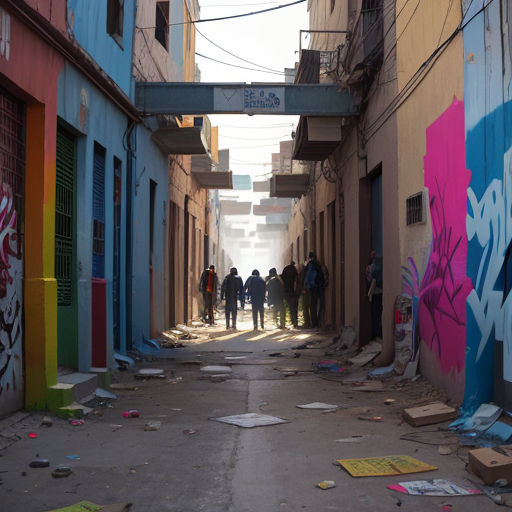
In the end, the War of the New Jersey Gangs was a tragic chapter in the history of the slums. It was a time of violence and bloodshed, a time when the streets were ruled by fear. But it was also a time of music and expression, a time when the voices of the slums echoed across the East Coast.
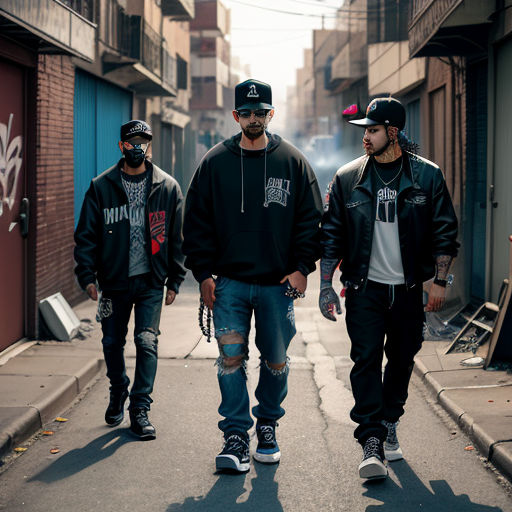
The war may have ended, but its impact lived on. The high school dropout rate remained high, with many youngsters still drawn to the allure of gang life. The cycle of violence had not been broken, and the slums remained a breeding ground for new gangs and alliances.
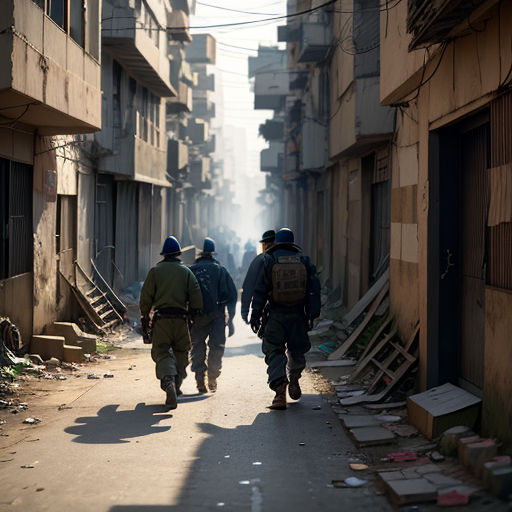
The residents of the slums learned to live with the legacy of the war. Life went on amidst the echoes of the past, with the residents navigating the aftermath of the violence. The slums remained a place of struggle, but also a place of resilience and survival.
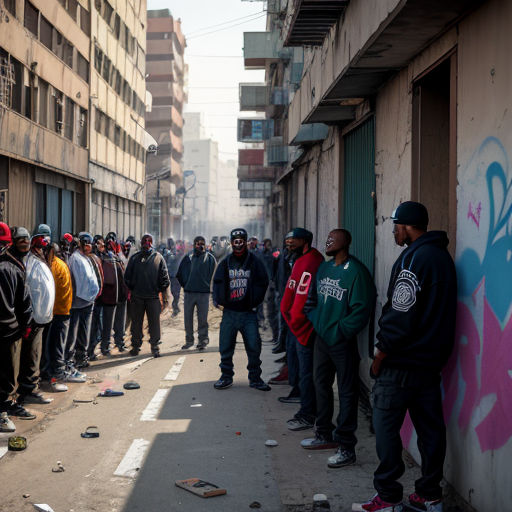
The scars of the war served as a reminder of the cost of violence. They were a testament to the lives lost and the dreams shattered. But they were also a symbol of resilience, a testament to the spirit of the slums and their determination to survive and thrive despite the odds.
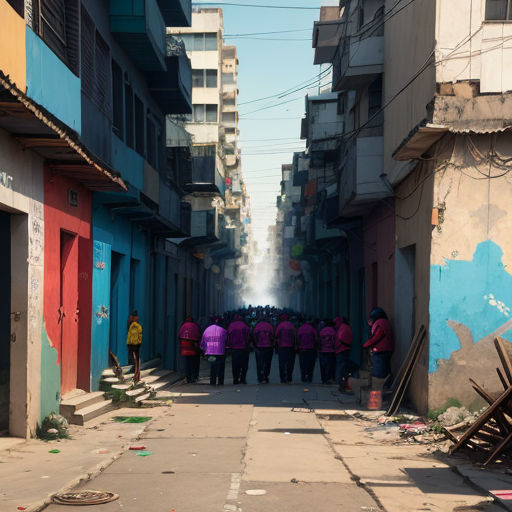
The music produced during the war continued to echo through the slums, serving as a constant reminder of the past. The beats were a testament to the power of music, its ability to capture the spirit of a time and place. They were a symbol of the resilience of the slums, their refusal to be silenced.

The K2NJ and the Walkin 4 New Jersey continued to exist, their rivalry simmering beneath the surface. The disses continued, the music keeping the feud alive. The slums remained a battleground, with the alliances vying for control and influence.

The legacy of the war lived on in the hearts of those who had lived through it. It was a time of violence and bloodshed, a time when fear ruled the streets. But it was also a time of music and expression, a time when the voices of the slums echoed across the East Coast.
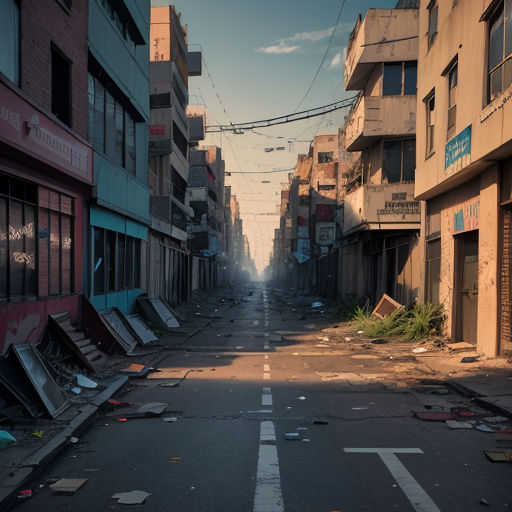
As the years passed, the memories of the war faded, but its impact remained. The slums were forever marked by the violence, with the echoes of the past still reverberating through its narrow lanes. The war may have ended, but the scars remained, a grim reminder of the cost of violence.
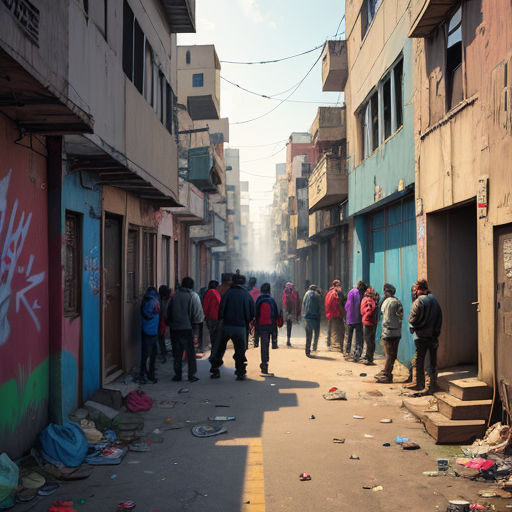
The music of the war continued to be popular, serving as a constant reminder of the past. The beats echoed through the slums, a testament to the power of music and its ability to capture the spirit of a time and place. The slums may have been marked by violence, but they were also marked by resilience and the power of expression.
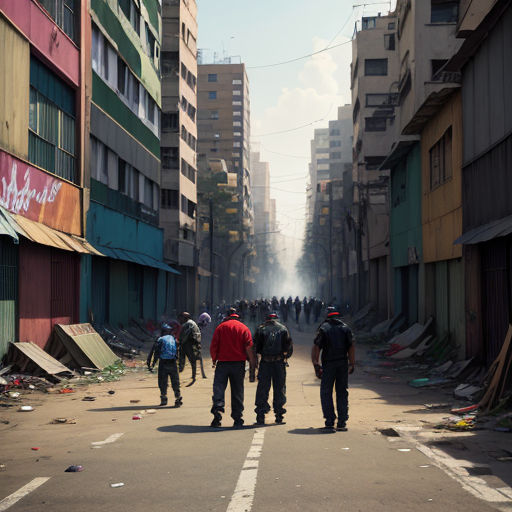
The K2NJ and the Walkin 4 New Jersey continued their rivalry, their disses keeping the feud alive. The streets remained a battleground, with the alliances vying for control and influence. The slums may have been scarred by the war, but they remained a place of struggle and survival.

The war may have ended, but its legacy lived on. The slums were marked by the violence, the echoes of the past still resonating through its narrow lanes. The residents lived with the scars of the war, navigating the aftermath of the violence and finding ways to survive and thrive.
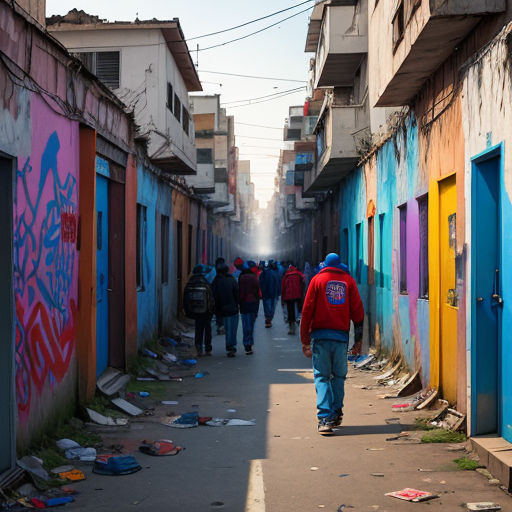
The music of the war continued to echo through the slums, serving as a constant reminder of the past. The beats captured the spirit of a time and place, a testament to the power of music and its ability to resonate with people. The music was a symbol of the resilience of the slums, their refusal to be silenced.
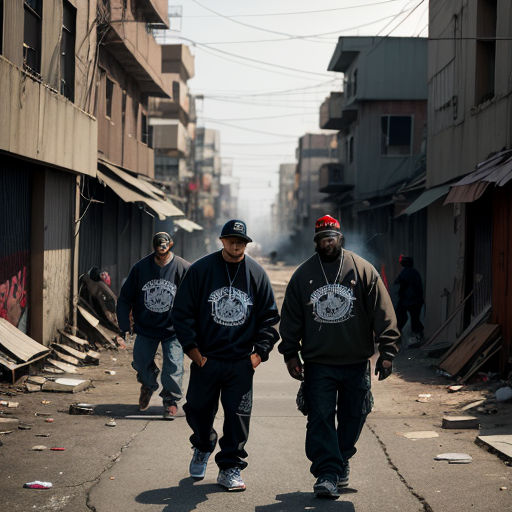
The K2NJ and the Walkin 4 New Jersey continued their rivalry, their disses keeping the feud alive. The streets remained a battleground, with the alliances vying for control and influence. The slums may have been scarred by the war, but they remained a place of struggle and survival.
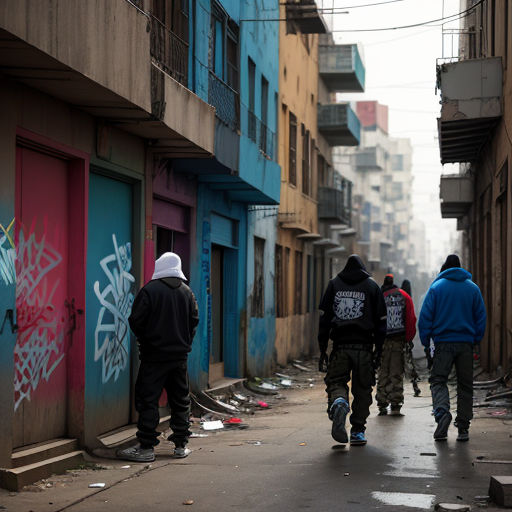
As the years passed, the memories of the war faded, but its impact remained. The slums were forever marked by the violence, with the echoes of the past still reverberating through its narrow lanes. The war may have ended, but the scars remained, a grim reminder of the cost of violence.

The music of the war continued to be popular, serving as a constant reminder of the past. The beats echoed through the slums, a testament to the power of music and its ability to capture the spirit of a time and place. The slums may have been marked by violence, but they were also marked by resilience and the power of expression.